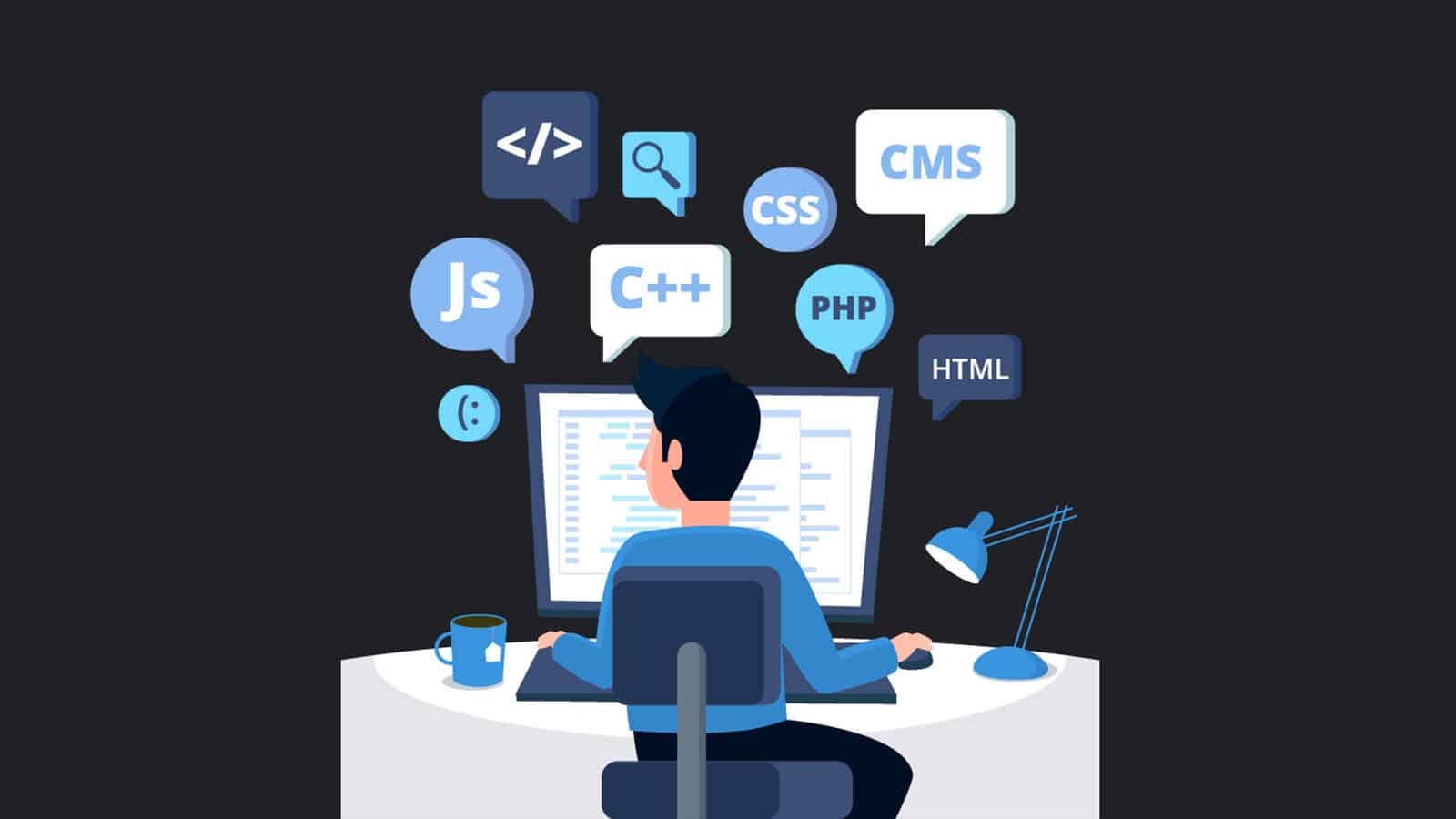Software development is a rewarding and complex field that requires both technical and creative skills. Becoming a software developer requires dedication and hard work, but it can be a great career move. The following tips and tricks can help you get started in your journey to becoming a software developer.
Step 1: Learn the Basics
The first step in becoming a software developer is to understand the basics of software development. This includes learning how to program, understanding the fundamentals of computer hardware and software, and understanding the principles of coding and software design. Additionally, it’s important to familiarize yourself with different programming languages and frameworks. Learning the basics of software development is essential to succeeding in your career as a software developer.
It’s important to note that software development is a broad field with many different avenues for exploration and learning. Taking the time to research the different aspects of software development can help you determine which areas are most interesting to you and which you would like to pursue further.
Learning the basics of software development will also give you a good foundation for your journey to becoming a software developer. Taking the time to learn the basics will help you make informed decisions about your education, career path, and other aspects of your professional development.
Step 2: Gather the Right Tools
Once you’ve mastered the basics of software development, the next step is to gather the right tools. This includes hardware, software, and other materials necessary to develop software. Depending on the type of software you want to develop, the tools you need will vary. However, there are some staples of the software development toolkit, such as text editors, version control systems, debuggers, and more.
It’s also important to make sure that you are using the right technologies for the job. If you are developing a web application, for example, you will need to have an understanding of the necessary technologies such as HTML, CSS, JavaScript, and more. Researching the latest technologies and trends in software development can help you ensure that you are using the right tools for the job.
Step 3: Find the Right Resources
Once you’ve gathered the necessary tools, the next step is to find the right resources to help you become a software developer. This includes tutorials, courses, books, articles, and more. There are a variety of online resources available that can help you learn the ropes of software development. Additionally, attending conferences and events can be a great way to stay up to date on the latest trends and technologies in the field.
It’s also important to find the right mentors and colleagues. Having the right people in your network can help you learn the skills necessary to become a successful software developer. Additionally, having a mentor or colleague to turn to for advice can help you stay motivated and on track.
Step 4: Start Developing!
Once you’ve gathered the right tools and resources, it’s time to get started developing software. The best way to learn how to develop software is to actually start coding. Start by writing small programs, experimenting with different technologies, and reading tutorials. You may even want to create a simple project to give yourself an idea of what software development entails.
It’s important to remember that becoming a software developer is a process and it will take time to learn the necessary skills. It’s important to be patient and to take the time to learn the basics of software development. Additionally, it’s important to stay motivated and to keep learning new things.
Becoming a software developer is a rewarding and challenging process that requires dedication and hard work. Following the steps outlined above can help you get started on your journey to becoming a software developer. With the right tools, resources, and motivation, you can become a successful software developer.

